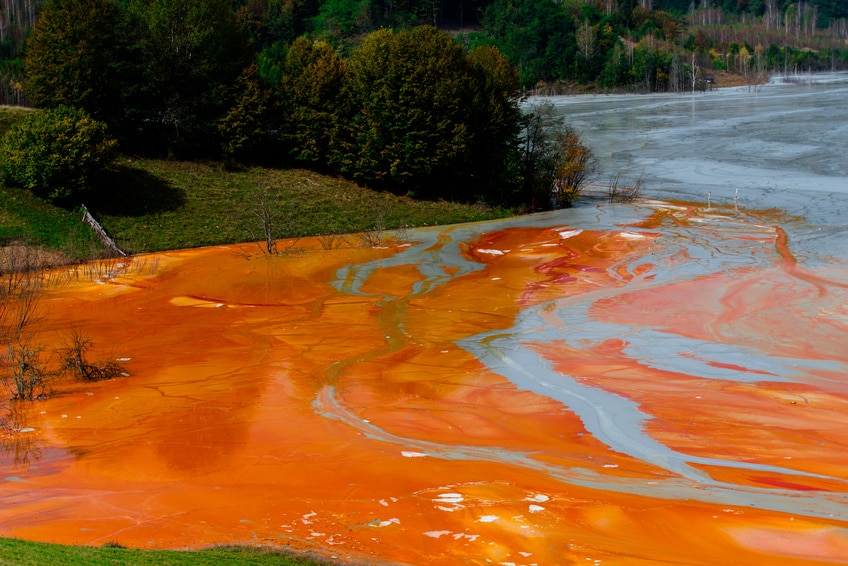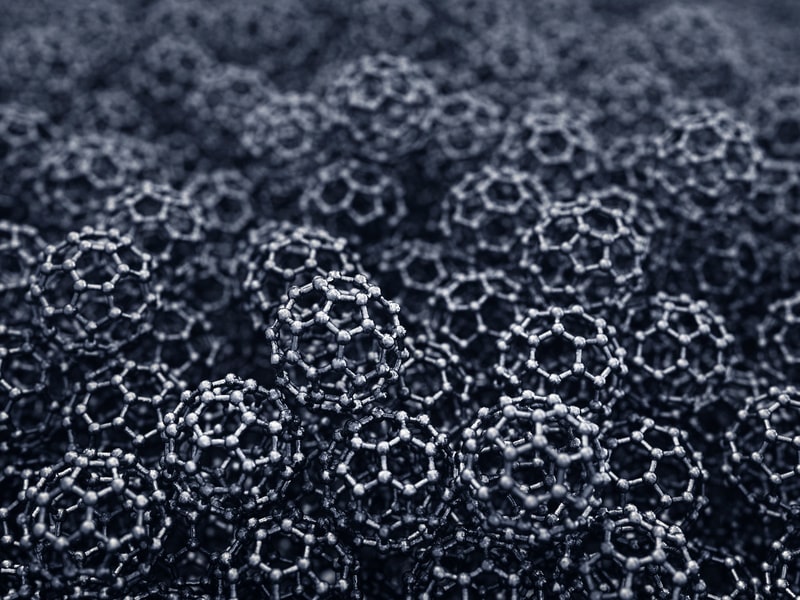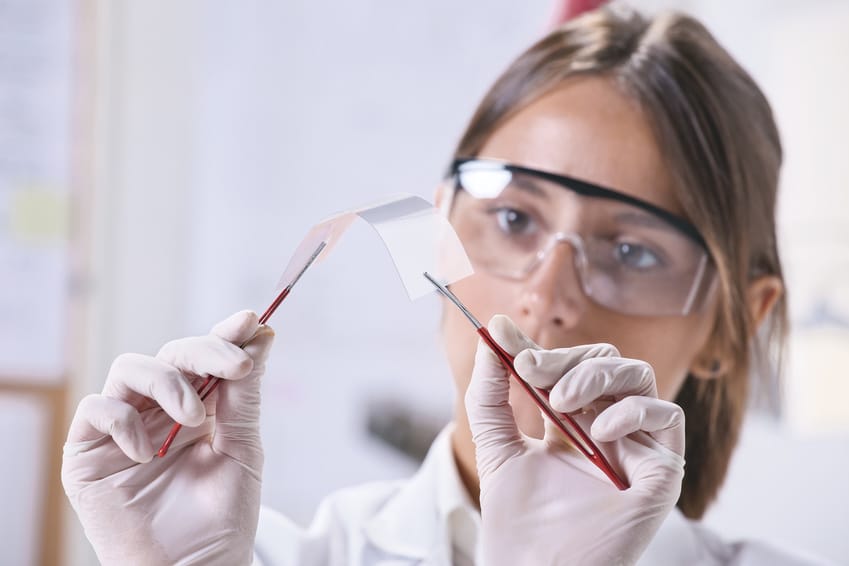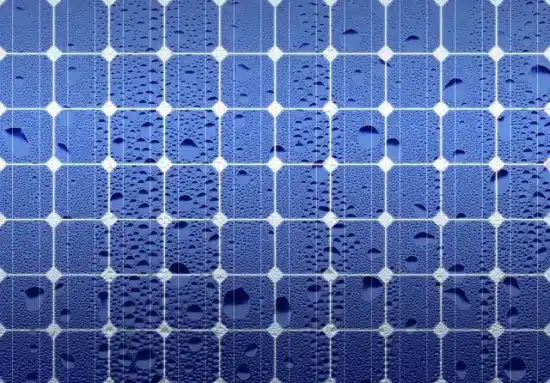
Quick Navigation
- Introduction – The Water Problem
- What is Graphene?
- Filtering Water with Graphene
- The Future of Graphene in Water Treatment
Introduction – the water problem
Across the globe, one in nine people do not have access to drinking water that is free from contamination, and one in three people do not have access to improved sanitation (where human waste is hygienically separated from human contact). Industrial and agricultural waste are major sources of water pollution with 300 to 400 megatonnes of polluted waste dumped into water bodies every year. In developing countries, 80% of sewage is poured directly into water sources, without treatment. Consequently, the UN reports that 3.5 million people die each year as a direct result of their inadequate water supply, sanitation and hygiene.
Water quality is an issue in both developing and developed countries. High-nutrient loads from agricultural runoff, domestic sewage, industrial waste and atmospheric inputs resulting from fossil fuel burning and bush fires all impair the quality of water in our lakes and reservoirs. Our water is also polluted from the barrage of drugs, cleaning solutions and personal care items that we use daily.

Whilst industry bodies such as Water UK boast our water is “safe, clean and refreshing”, experts disagree, pointing to the “stunning” cocktail of pharmaceutical products finding their way into our drinking water supply. Although some drug companies are looking at redesigning their products to reduce pharmaceutical residues, the global demand for a highly-effective water filtration medium is evident – and graphene may just hold the answer.
What is Graphene?
Put simply, graphene is a two-dimensional, tightly packed layer of carbon atoms that bond together in a hexagonal honeycomb lattice:
At just one atom thick, graphene is both the thinnest compound and the lightest material known to man. Scientists have been aware of this material for a long time but were unable to find a way to extract it from graphite until 2004. That year, two researchers working at the University of Manchester – Professor Andre Geim and Professor Kostya Novoselov – made a significant breakthrough that had the potential to revolutionise every part of everyday life.
The story goes that one Friday evening during an experimental science session they removed some flakes from a lump of bulk graphite using sticky tape and noticed that some of the flakes were thinner than others. By repeatedly separating the graphite fragments, they were able to create flakes just a single atom thick. Using a humble roll of sticky tape, Geim and Novoselov had isolated graphene for the very first time. In 2010 the two researchers were awarded a Nobel Prize in Physics for their pioneering work.
Graphene has some incredible qualities: it is around 200 times stronger than steel, it has unique levels of light absorption, it is the best-known conductor of electricity and the best-known conductor of heat at room temperature. Despite its incredible strength, graphene is also remarkably flexible: the bonds between its carbon atoms allow it to bend and stretch with enormous pliability. It is no wonder that scientists believe this abundant and low-cost miracle material could spark a graphene-led revolution with diverse applications ranging from protective coatings to spray on solar panels.

Excitement about the endless possibilities for graphene has led to the opening of a National Graphene Institute at the University of Manchester at the cost of £61 million. The Institute was partly funded by the Engineering and Physical Sciences Research Council (EPSRC) which has helped to steer millions of pounds of state funding into graphene research. The University of Cambridge also has its own graphene centre, also partly funded by the EPSRC.
Perhaps one of the most exciting applications for this incredible material is its potential to filter water and make it safe for drinking.
Filtering Water with Graphene
Graphene may not immediately seem like the perfect candidate as a water filter. Despite being just one atom thick, it would appear to be impervious to practically every liquid and gas. However, scientists have been working on the creation of a membrane that will allow water to filter through the graphene, removing impurities along the way.
In a short film produced for Physics World magazine in 2013, Materials Characterisation expert at the University of Manchester Sarah Haigh explains: “Graphene is very impermeable, even very light gases don’t pass through. If we were able to tailor the size of the pores within the graphene lattice, it might be possible to produce a very selective filter.” Researchers have theorised that this could be achieved by drilling holes in the graphene or gluing together flakes of the material.
Across the pond in a lab at Berkeley, Assistant Professor Baoxia Mi has worked on developing a membrane she believes could outperform today’s water filtration technology. Mi believes that a graphene membrane would be more effective in removing contaminants from water – including pharmaceuticals, bacteria, viruses and harmful chemicals – than existing methods. Like many scientists, she is confident that the technique could be used for effective water desalinisation, wastewater reuse and storm water treatment.
The two-dimensional structure of graphene allows scientists to stack sheets of it together to create the thin membrane. Mi explains that by adding oxygen to graphene to make graphene oxide, space is created in the structure for the water to flow through. One problem with this approach is that adding oxygen makes the graphene more likely to dissolve in water. However, when Mi adhered a chemical to the sheets of graphene oxide to join them together, she found the membrane stayed intact in water. The results of her work were published in a paper she co-authored for the Journal of Environmental Science and Technology in 2013. Since then, Mi has co-authored numerous papers examining various aspects of the technology.
A year later, a group of scientists including Geim (one of the original scientists who found a way to isolate graphene) co-authored a paper observing how water permeated through micrometre-thick laminates that had been prepared by vacuum filtration of graphene oxide suspensions. They noted that when dry, the laminates were ‘vacuum-tight’ but when immersed in water, they acted like molecular sieves. The laminates were able to block all particles within the solution that had a radii (once hydrated) of more than 4.5 angstroms. They also noted just how fast a graphene oxide filter can filter water for water purification and desalination –thousands of times faster than would be expected for simple diffusion.
The Future of Graphene in Water Treatment
Graphene oxide membranes have been shown in the laboratory to be effective at removing contaminants from water to an exceptional level. The research conducted on graphene membranes today is bringing the possibility of delivering clean, safe drinking water to millions in developing countries ever closer.
There is, of course, a huge difference between testing materials in a university lab and producing them on the factory floor. This gulf can prove difficult for emerging technologies and is sometimes referred to as ‘death valley’ for potential products – where both academic institutions and industries lose interest. Historically, EPSRC’s Chief Executive David Delpy believes the problem lies with British businesses who can be slow to recognise the potential of the new technology and run with it.

In the context of graphene, Delpy believes there is a need to grow new industries. For this reason, the EPSRC insisted that both the Manchester and Cambridge graphene centres work alongside businesses. The Cambridge Centre has the likes of Nokia, Dyson, Du Pont and Philips listed amongst its partners – while the Manchester Centre lists Samsung, Sharp and Siemens as collaborators. However, turning graphene technology into a commercial reality will not only require partnership – it will also require significant financing – which is why the EU has announced a ‘Graphene Flagship’ funding package for graphene research worth €1 billion over the coming 10 years.
With substantial funding and the continued efforts of some of the World’s most outstanding scientists, the use of graphene in delivering clean drinking water for millions could soon be a reality.
InterFocus are a leading team of research suite suppliers and fitters. For more information about how we could help you, visit our homepage or give us a call on 01223 894833.



